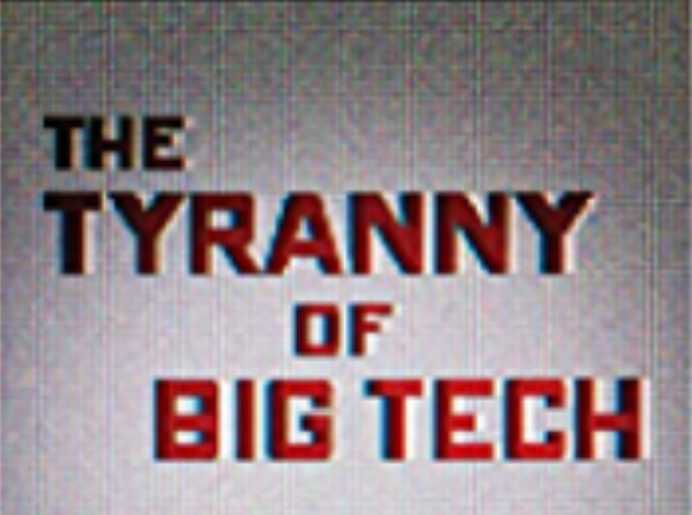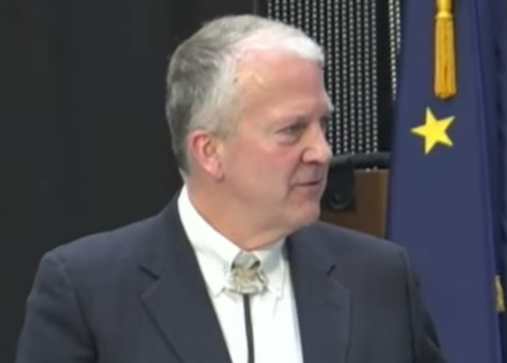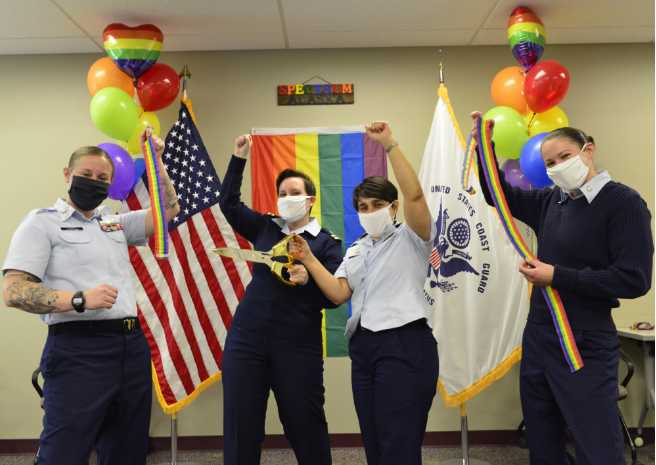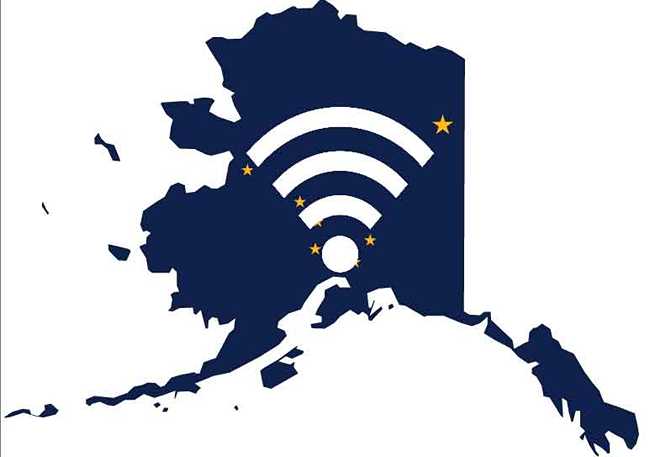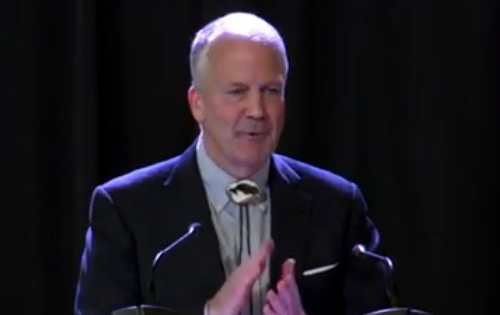ANCHORAGE, May 22. The seventh annual Indigenous Connectivity Summit (ICS) takes place in Anchorage, Alaska this week (May 22-24), bringing together Indigenous community members, network operators, researchers, and policymakers with a common goal: to connect Indigenous communities in the United States and Canada to fast, affordable, and sustainable Internet.
The ICS, hosted by the Indigenous Connectivity Institute in partnership with the Alaska Public Interest Research Group and Native Movement, is the primary convening for Indigenous leadership and allies working across the US and Canada to tackle the digital divides that disproportionately affect Indigenous communities.
In the US, 18% of Tribal Land residents have no internet access at home, while in Canada just 43% of homes on First Nations reserves have access at broadband speeds, compared with 91% nationwide, according to a recent Office of the Auditor General report. In Alaska, host to the ICS for the first time, fewer than 60% of people living on Tribal Lands have broadband access.
Brittany Woods-Orrison, Broadband Specialist, said: “Alaska’s rich landscapes, extreme weather, and dispersed population means we have complex challenges in deploying broadband, with some families paying over $1000 for slow, unreliable service. There’s long been a need for a coalition to support collaboration efforts between Indigenous broadband advocates. The Indigenous Connectivity Institute answers that needs: growing a network of advocates, deepening community bonds, and sharing our knowledge. This community has already supported my work and now it’s an honor to welcome friends and partners from across Turtle Island to Alaska for the Indigenous Connectivity Summit 2023 to work together towards a vision of digital equity that will be felt by generations to come.”
With substantial investments in rural broadband expansion in both the US and Canada — including specific funding for Indigenous communities — now is a pivotal moment of opportunity to advance connectivity in places that remain without fast, reliable internet.
However, federal investments to expand broadband access have often failed to deliver lasting change — often because they are awarded to incumbent providers with a lack of accountability for delivering on their commitments. To make progress on internet access, it’s critical that this generation of broadband funds meet the needs of the communities they are meant to serve.
Mark Buell, Director of Indigenous Programs for Connect Humanity, said: “More funding for broadband expansion is certainly essential, but how this money is spent is equally important. To meet this moment, policymakers and regulators in the US and Canada must build relationships that respect the rights of Indigenous Peoples that are enshrined in land claims and treaties, and domestic and international law. By working together as equal partners, we can steer this generational broadband investment to success. This community is here at the Indigenous Connectivity Summit and ready to support efforts to shape a better digital future.”
Good policy and investment strategies depend on good information. Yet, there’s a lack of data about the specific digital barriers facing Indigenous communities. In the US, where a nationwide effort to map broadband access gaps is underway to guide the distribution of federal funding, many Tribal communities are misrepresented or left out entirely, leaving them at risk of missing out on funds. These maps also do not include data on reliability, affordability, and other barriers that must be addressed to secure universal connectivity.
The Indigenous Connectivity Summit aims to strengthen the ecosystem of operators, funders, advocates, researchers, and policymakers committed to overcoming these challenges and ensuring that Indigenous communities get connected on their terms.
Over three days, attendees will collaborate on solutions, engaging on a range of workshops and presentations on broadband funding, workforce development, digital sovereignty, and more — in addition to hearing from successful Indigenous-owned and operated networks.
Policymakers attending have the opportunity to proactively engage with and learn from Indigenous leadership. These relationships are vital to shape the participatory consultation processes that are needed to build effective, inclusive programs that can make real progress on closing the digital divides facing Indigenous Peoples.
Those unable to join the Summit in person can watch Day 1 and Day 2 sessions via a livestream.
Phil Mozejko, Community Manager at the Indigenous Connectivity Institute, emphasized “Since the Covid pandemic highlighted that affordable, reliable internet access is a basic necessity, there’s more energy than ever directed towards closing digital gaps in the US and Canada. Now is the moment to turn these intentions into action and progress for Indigenous communities.”
Thanks to funding from the Mastercard Foundation, nine Indigenous young people from across Canada have been awarded scholarships to attend the Summit to develop skills to support their broadband advocacy work.
During the Summit, these scholars will join other attendees to build a set of calls to action to guide advocacy efforts moving forward. These recommendations will be published following the Summit, and help set an agenda that supports Indigenous Peoples to take the leading role in shaping their digital futures.[content id=”79272″]


